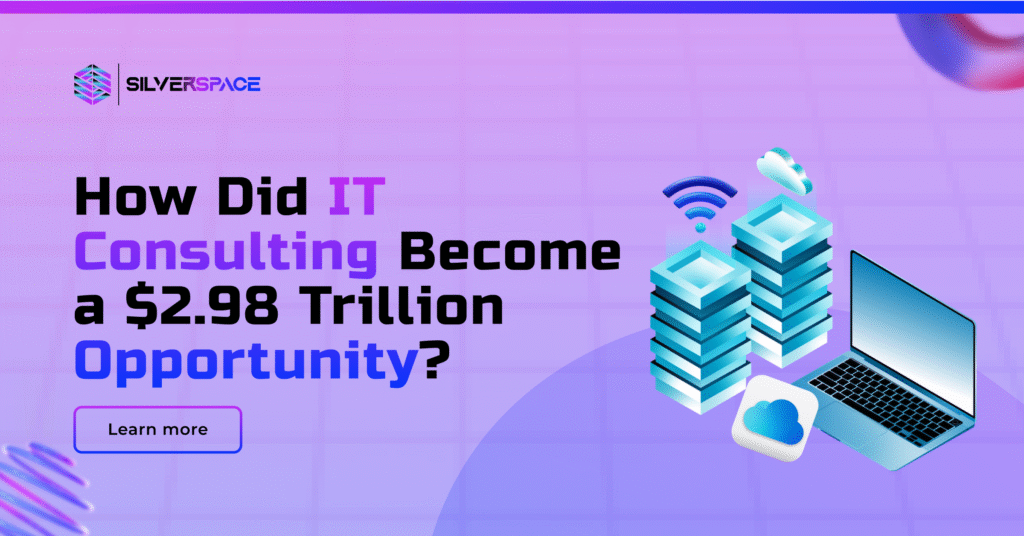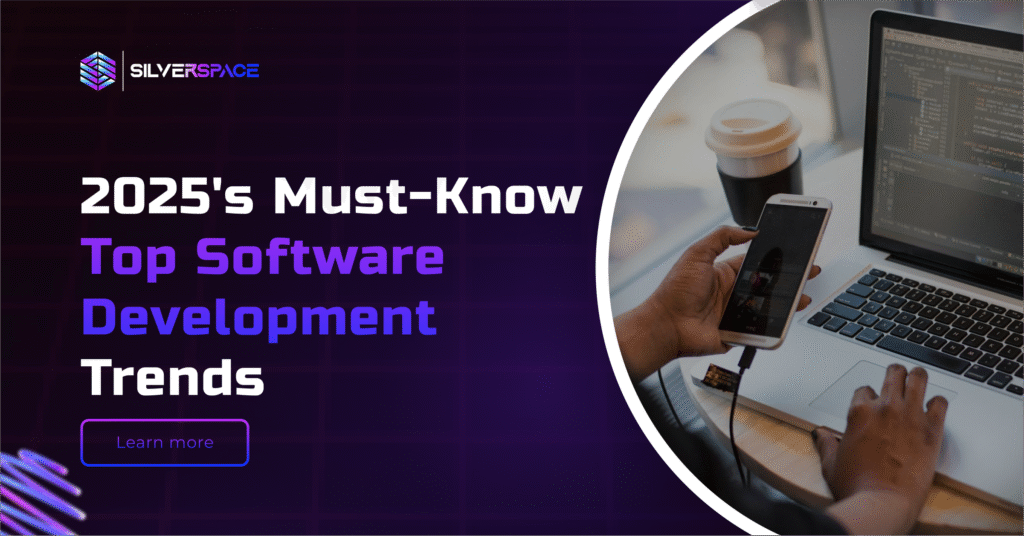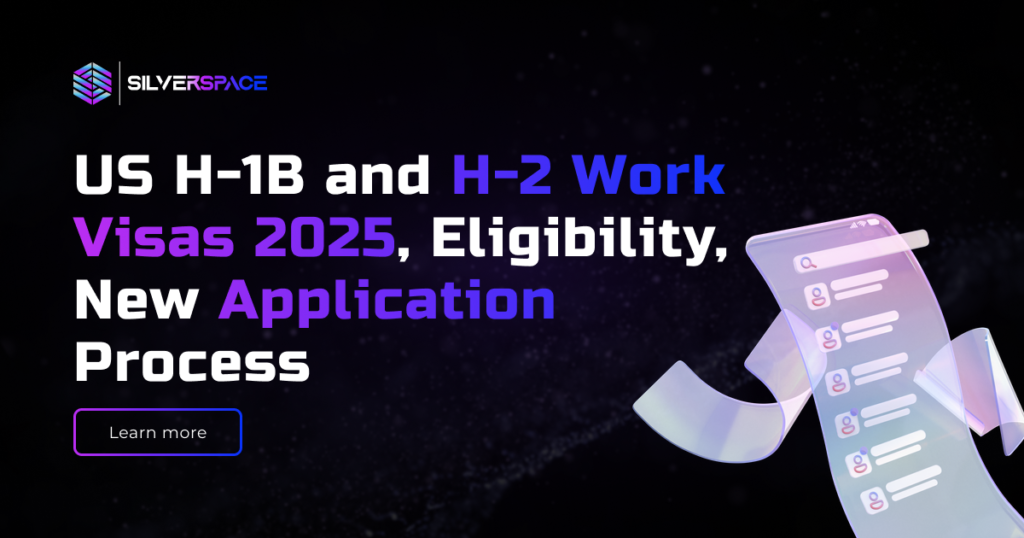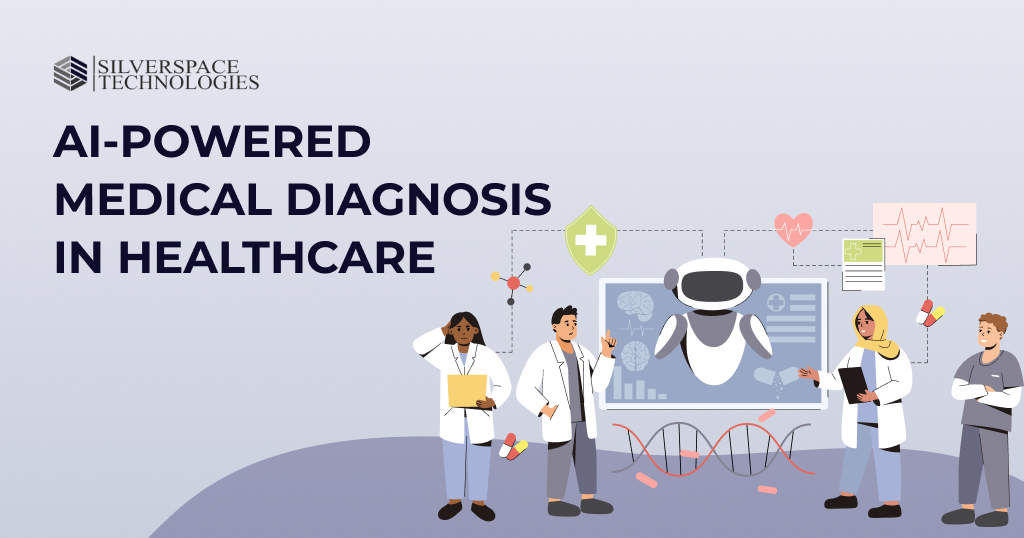2025’s Top IT Consulting Trends You Can’t Ignore
Did you know that the global IT consulting market is expected to cross $2.98 trillion by 2034? Yes, that is a T with trillion! However, there is a problem that every technology consultant might not last. This growth can pose a real threat. The ones that do? They will see trends beforehand and change before impact. This blog is exactly the reason why we’ve pulled it together. Whether you’re an IT manager wondering what your team should focus on or a business leader planning your next big digital transformation, these are the 10 trends that will shape how IT consulting works in 2025. So, grab a coffee and let’s break them down, one by one. What Are IT Consulting Trends 2025? “IT consulting trends 2025” refers to new ways businesses expect consultants to help them grow confidently, work smarter, also stay secure. Finding revolutionary solutions for keeping clients ahead of the curve is no longer just about fixing systems. One of the biggest trends in the world for IT consulting in 2025 is the rise of services driven by AI. Also trending are growing cybersecurity strategy demands and sustainable tech practice drives. Clients want experts with a deep comprehension of unique industry challenges, plus a noticeable shift toward hyper-specialised consulting, not just general IT advice. Keeping up with these trends is not just good business. It is necessary for building trust in addition to delivering real results. For firms such as Silverspace Inc., we stay ahead of all of the latest IT consulting trends, so we guide our clients through their digital transformation, and our solutions make a more measurable difference. The clear goal for the year 2025: unlock new opportunities that are for growth, not just solve problems, through the use of technology. Let’s see the top trends and break them down, one by one, in 2025. 1. Artificial Intelligence AI isn’t new, but what’s new now is that it’s weaving itself into every corner of IT consulting. In 2025, we are automating not just some tasks; instead, we train the AI so that it can think and learn, and adapt to unique business problems. The opportunities range from smart chatbots to AI-driven analytics that can spot endless hidden inefficiencies that are endless. Knowing how to use them is vital. What’s The Impact? AI means that businesses can make faster decisions and also leaner operations, together with happier customers. It means, for IT consultants just like us, a shift to designing AI models that solve at scale problems, away from coding endless lines by hand. The catch? Businesses need experts able to customize AI for their industry data and goals since generic solutions aren’t sufficient. Market Size & Growth In 2025 The Global AI market should grow by over 26.2% CAGR, crossing $11.07 billion in 2025. It is now the first time that companies are willing to spend more money on AI consulting than they do on IT development. Key Developments Smarter Decision-Making Tools: AI is moving onward from basic automation now, delivering improved customer experiences, real-time perceptions for predictive maintenance, and fraud detection. AI Centers of Excellence: An increase from companies setting up in-house AI teams as well as labs. However, these same companies still have to rely on those consultants who will design some frameworks, train some talent, and scale up in a safe manner. Focus on Ethical AI & Compliance: New global rules on data privacy and bias in AI exist. Consulting firms that guide clients on responsible AI use, will therefore stand out too. 2. Cybersecurity Imperatives As companies race ahead in respect to digital transformation, the multiplication of cyber threats happens just as fast. Ransomware attacks, data breaches, as well as cloud vulnerabilities are more advanced and costly. Cybersecurity for the year 2025 is in the boardroom as a priority and not just as an IT function. Trusted advisors will be needed by companies to protect their data as well as their systems. Reputations will require protection too. What’s The Impact? For IT consultants, this means a bigger role in building resilient architectures; they must run regular security audits, as well as they should educate teams to stay ahead of evolving threats. Responding following an attack is not enough, businesses now want strategies that act proactively and comply closely with regulations that are stricter. Market Size & Growth In 2025 Around $6.54 billion is the projected global total for Cybersecurity Consulting by 2025. This estimation exists because of a CAGR of around 12.57%. Because of how they handle data that is highly sensitive, healthcare, finance, and critical infrastructure will lead in this surge. Key Developments Zero Trust Frameworks: Companies are moving on from old perimeter-based security models to ‘Zero Trust’. Frameworks do not automatically trust anyone in or out of the network. For these frameworks, both design and implementation will be in need of consultants. Cloud Security Solutions: Because more businesses move into hybrid and multi-cloud environments, securing those assets is becoming complex. There will be a sharp rise that is in the demand for compliance consulting and cloud security architecture. Compliance & Data Privacy: Worldwide, governments are tightening data protection laws. Consultants are going to be indispensable for the reason that they can help businesses navigate expansions of CCPA and also sector-specific mandates. These consultants also provide help so businesses navigate through new regulations like GDPR updates. 3. Generative AI Generative AI isn’t just all about creating fancy images or even deepfake videos anymore now since it is a serious tool for business. In 2025, companies will see generative AI automate content creation and accelerate software development. Prototypes shall be designed as new product ideas are even generated by them too. For IT consultants, this opens up a new area regarding value because they can help clients to integrate generative AI responsibly and effectively. What’s The Impact? Time can be saved and costs cut, and then ideas are brought to market faster by businesses that tap into generative AI. But they’ll
2025’s Top IT Consulting Trends You Can’t Ignore Read Post »









